
This story originally appeared on Medium.
Certain stories take time to formulate. It’s only when we step back and let them incubate that their events and lessons make sense. Sometimes it’s years — or even decades — until we’re ready to revisit them, and share them with the world.
I’m finding this to be the case with my 7-month trip to India, which I took during my gap year in 2016–2017, after graduating from college. I wrote the first draft of a memoir about the experience in 2020, but abandoned it shortly thereafter. Something just didn’t feel right. Looking back, I see how much I was still trying to process. And how even now, eight years later, I’m still processing.
Slowly, slowly, these stories are coming together. What once appeared murky has gained newfound clarity.
Alongside my travel diary, visiting old photos helps me step back into that journey and re-experience the encounters, sights, and insights. When Anne Bonfert announced the Globetrotters monthly prompt of scenic vistas, I saw it as an opportunity to get the idea wheels turning.
Here are a few photos from that period, plus my accompanying reflections and memories.
Bikaner, Rajasthan (August 2016)
I stayed at a camel safari camp for two weeks towards the beginning of my trip, where I completed a work exchange project. A young couple (Lakshman and Pinky) and their two daughters lived on the premises full time, as the primary caretakers. Each day, from dawn to dusk, I helped out with a variety of tasks: caring for the little ones, cooking, assisting Lakshman with tent set-ups and plumbing projects.
It’s been one of the most challenging yet humbling experiences of my life.
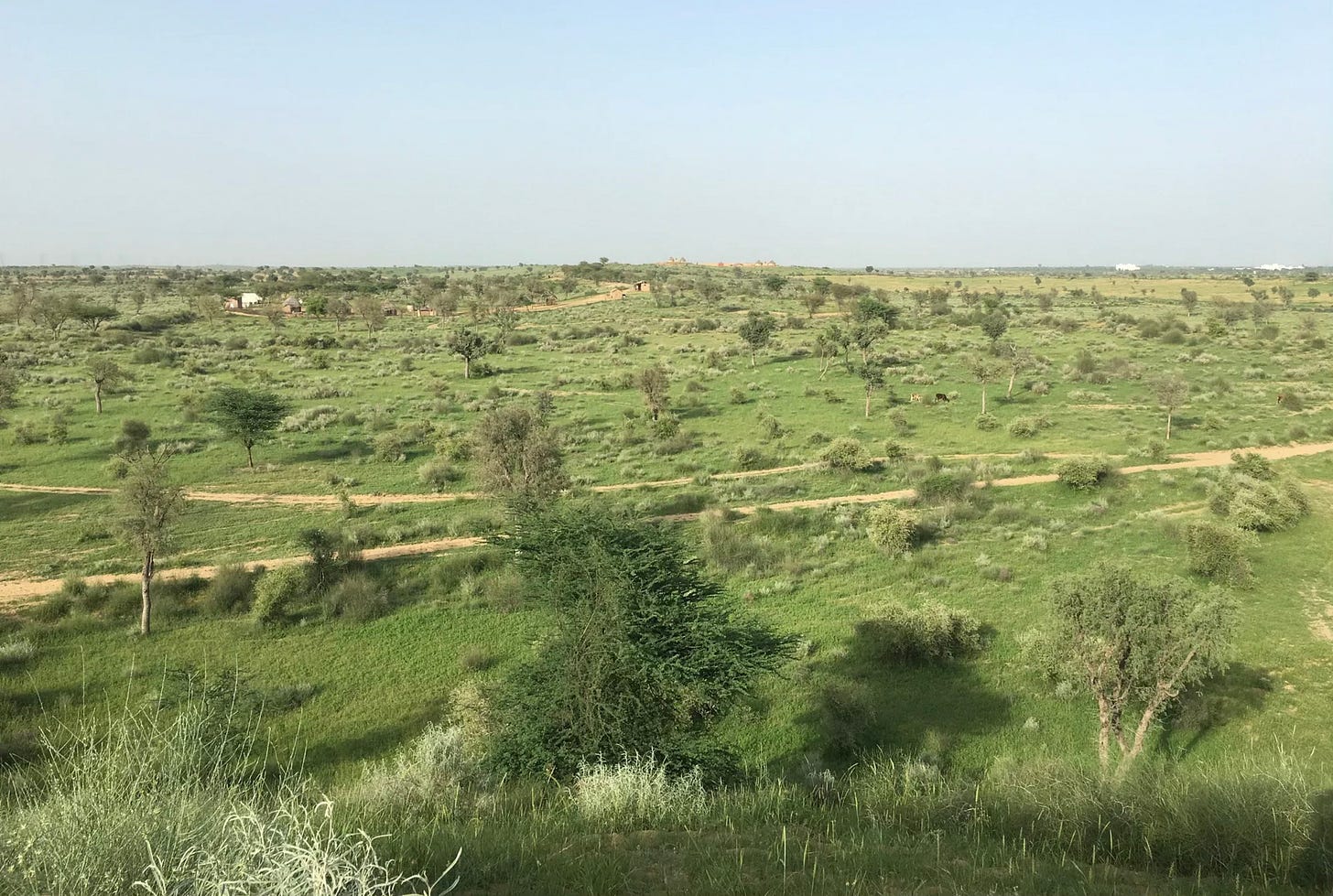
The family of four lived on very little — likely at or below the poverty line. Food was sparse, rationed out by their boss (who’d connected me to the project), or purchased from the nearest village. They slept outside each night, and kept the few possessions to their name in a doorless shanty.
During my stay, I noticed Pinky would lay around for much of the day, switching off between breastfeeding the baby and napping.
Depleted by the harsh desert sun and as far out of my comfort zone as I’d ever been, I often felt frustrated with her. Why isn’t she getting up and helping? I’d think, glaring over at Pinky’s slender body, sprawled across a handcrafted cot.
Yet at the same time, I sensed this unspoken sisterly connection to Pinky. We were the only two women on the property for the majority of my stay, save from small groups of tourists who’d stop by for a night. I witnessed the way Lakshman spoke to her patronizingly and, at times, with pure rage. A troubling thought continuously lingered in my mind: If I hadn’t been around, would he have harmed her? I’d never before felt like such a bystander.
In the evenings, once the sun’s rays relented, Pinky, the girls, and I would sit on a hill adjacent to the camp. Her hard exterior gave way to softness, as she drew in the sand, laughed with the little ones, and stared off into the distance.
We talked, and though neither of us spoke Hindi as our native language, we made do with what we knew. I came to learn her story. She’d gotten married at 13 (she was 19 at the time), her parents had both died, and she lived hundreds of miles from her relatives, who were in Bihar.
In hindsight, I see how much hardship Pinky was dealing with. She had no support as a mother, as a wife, as a woman. She’d undergone heartbreaking trauma, and was still living through so much of it. Her life had always been about survival; about trying to exist in a world where everything was stacked against her.
Vashisht, Himachal Pradesh (September 2016)
By this time, I’d grown weary and emotionally out of sync from several weeks of travel; from India’s intensity. I needed a place to step away; to decompress.
While browsing through Couchsurfing, I came across a host, Ajay*, whose listing in Vashisht intrigued me. He described his home, nested alongside a mountain near Manali — a Himalayan town known for its outdoor adventure sports — as “a place for seekers.” The stunning photos and positive reviews further convinced me, so I went.
Ajay had been on his own journey throughout India the past several years, having left everything from his former life in New Delhi. He’d settled into this space, undeniably alluring for its views, vegetation, and serene vibes.
A few people stayed at Ajay’s place at a time, stopping by in the middle of their respective travels. His home was one of the first places I’d been where, besides pitching in with chores or meal prep, little was demanded of us. The goal here was to simply “be,” an utterly unfathomable (and guilt-ridden) concept to the 22-year-old version of me.
Aside from the gentle chatter of fellow visitors and rustling of the trees outside, we enjoyed relative silence. I journaled, took in the surroundings, and eavesdropped on conversations about spirituality — another unfamiliar idea at the time.
I also met Jang-mi, a South Korean woman who’d hitchhiked solo from the U.K. to Iran, with the goal of not spending any money. She’d relied solely on chance — and the kindness of strangers — to get from place to place, find somewhere to sleep, and acquire food. She exuded childlike curiosity and compassion, and her story of sheer bravery inspired me.
Everyone here, with their ability to ponder difficult questions and step away from societal expectations, inspired me.
My inner landscape shifted, subtly then seismically. Here, I faced the necessary discomforts of examining the beliefs with which I’d been brought up; of reconfiguring my definitions of success and fulfillment. I realized that much of the life I’d envisioned for myself hadn’t come from my own inner desires, but from societal conditionings around what I felt I “should” do.
Mumbai, Maharashtra (December 2016)
Whereas Vashisht was yin, Mumbai is… undeniably yang. A steady pulse reverberates throughout the city, India’s largest, propelling it into constant forward motion.
People come to Mumbai to fulfill lifelong dreams; to innovate and imagine. There’s an infectious energy and enthusiasm here; it’s both the financial capital of the country and the entertainment capital of South Asia.
Mumbai is also a city of stark contrasts.
Billionaires look out from air conditioned luxury high-rises, while millions are stuffed together in slums. Colonial era edifices stand as reminders of a dark past, while modern buildings capture the city’s cosmopolitan and forward-looking nature. Haphazardness is hard to evade in a place of Mumbai’s caliber, yet I was pleasantly surprised to find pockets of peace, like the park from which I took the photo below.
When I first visited Mumbai at 13, I remember feeling overwhelmed. It was filled with more sounds and people and unfamiliarity than I’d ever come across. During the 2016 visit, though, I developed an appreciation for Mumbai’s charm as it unfolded before me. The cultural diversity. The cuisine. The feeling of always having something new to discover.
Mumbai also reminded me of an important lesson: to loosen my grip on time and go with the flow. In one way or another, I will get to where I need to be.
I’m eager to return; to go beneath the surface and take in more of the city’s character.
Goa (January-February, 2017)
Goa had always been a part of the gap year plan. I knew I wanted to save it for the end of my India trip, once I’d visited some of the southern states, namely Tamil Nadu and Karnataka.
Having lived next to the ocean all throughout college, I missed the mellow beach town vibes. I looked forward to hearing the steady soundtrack of crashing waves and feeling the cool water against my skin.
I started out in northern Goa, cherishing the languid daytime energy of Anjuna and Arambol. Each day passed aimlessly. I perused vibrant handcrafted items at the Anjuna Flea Market and savored fresh pineapple juice in beachside huts. I sensed a shift in the evenings, with psychedelic trance music reverberating from restaurants and an uptick in crowds.
Restless and craving steady company, I signed up for another work exchange project at an ecostay/café/art gallery in Sangolda, a village further inland. Here, I waitressed for the first time (another humbling experience), taking orders and chatting with customers at the vegan café.
During our downtime, the other volunteers and I took evening strolls through the village and explored nearby beaches. We hopped on motorbikes, meandering through windy (largely trafficless) roads, passing quaint bungalows and lush paddy fields as we approached the Arabian sea.
At this point in my travels, the constant change began to take a toll. The initial novelty and enthusiasm had worn off. I felt the echoes of an all-too-familiar (but daunting) question reverberating through my system: What do I really want to do with my life? I was in an in-between-place of not wanting to go back home, but desiring a deeper sense of purpose and more consistency in connection.
I’d kept in touch with Sapana, a Nepali friend I had met the previous September in Rishikesh. In the middle of one of our correspondences, I received an unexpected proposal. Would I like to stay with her and her family in Kathmandu for a few weeks? Normally indecisive to a fault, the answer came to me quickly. Yes!
I rounded out my Goa visit in Palolem, then subsequently wrapped up my time in India at the end of the month, flying from Kochi to Kathmandu.
I said a final goodbye to the country that had given me so much.
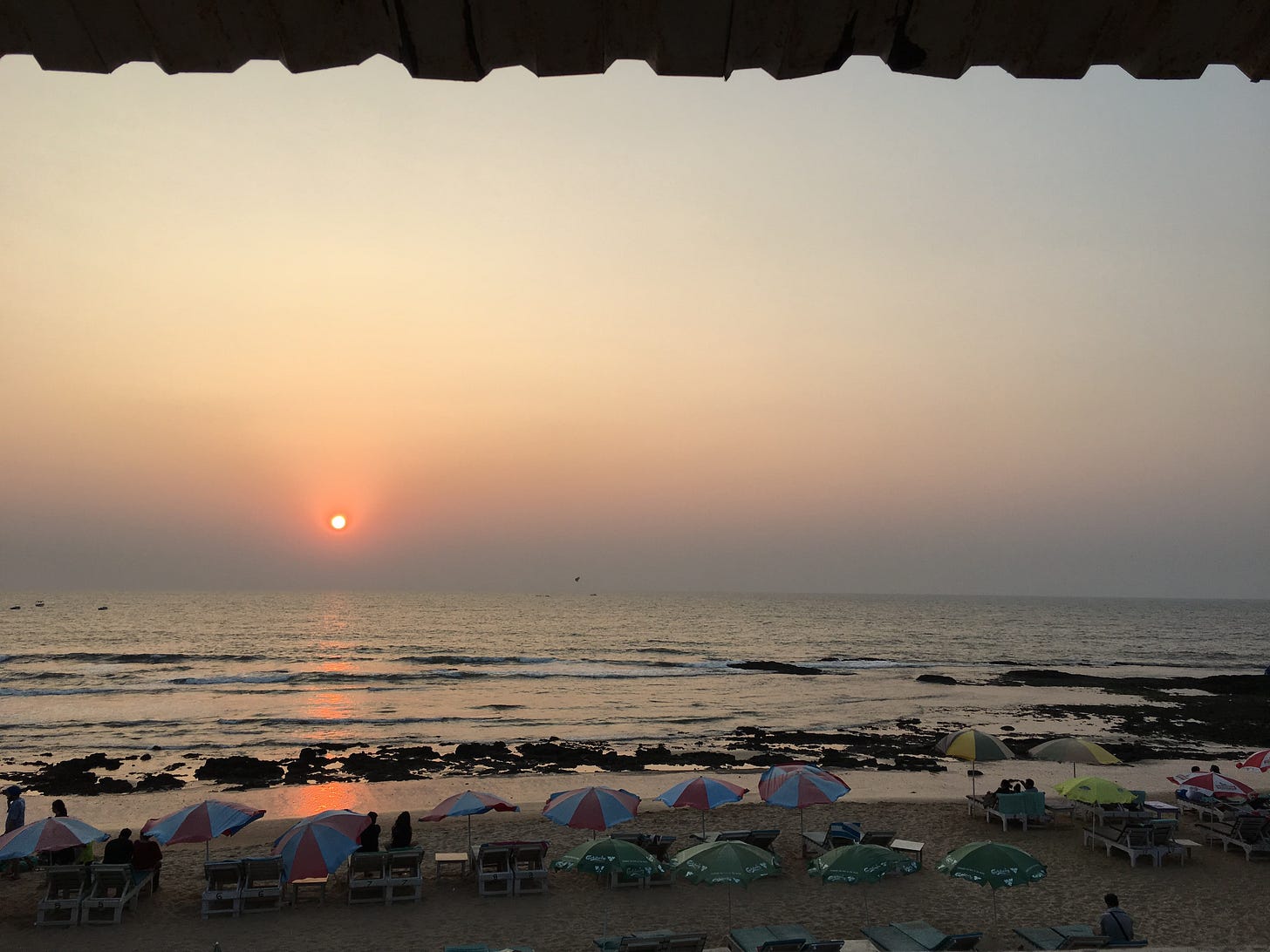
Beyond opening me up to nuanced perspectives about the world — about life — this journey allowed me to build a newfound appreciation of my Indian roots. The shame I’d always felt around this aspect of my identity gave way to gratitude. (For context, I was born and raised in the U.S., though my family is originally from Gujarat.)
India had taught me lessons the hard way, but it also showered me with abundant amounts of love and inspiration. Above all, it reminded me of the power of using my voice to generate change — especially when so many people in the country were forced into silence due to systemic barriers.
I am not a rich person in a monetary sense, but these memories make me feel immeasurably wealthy in experiences. And that is more than I could ever ask for in this lifetime.
*Name has been changed




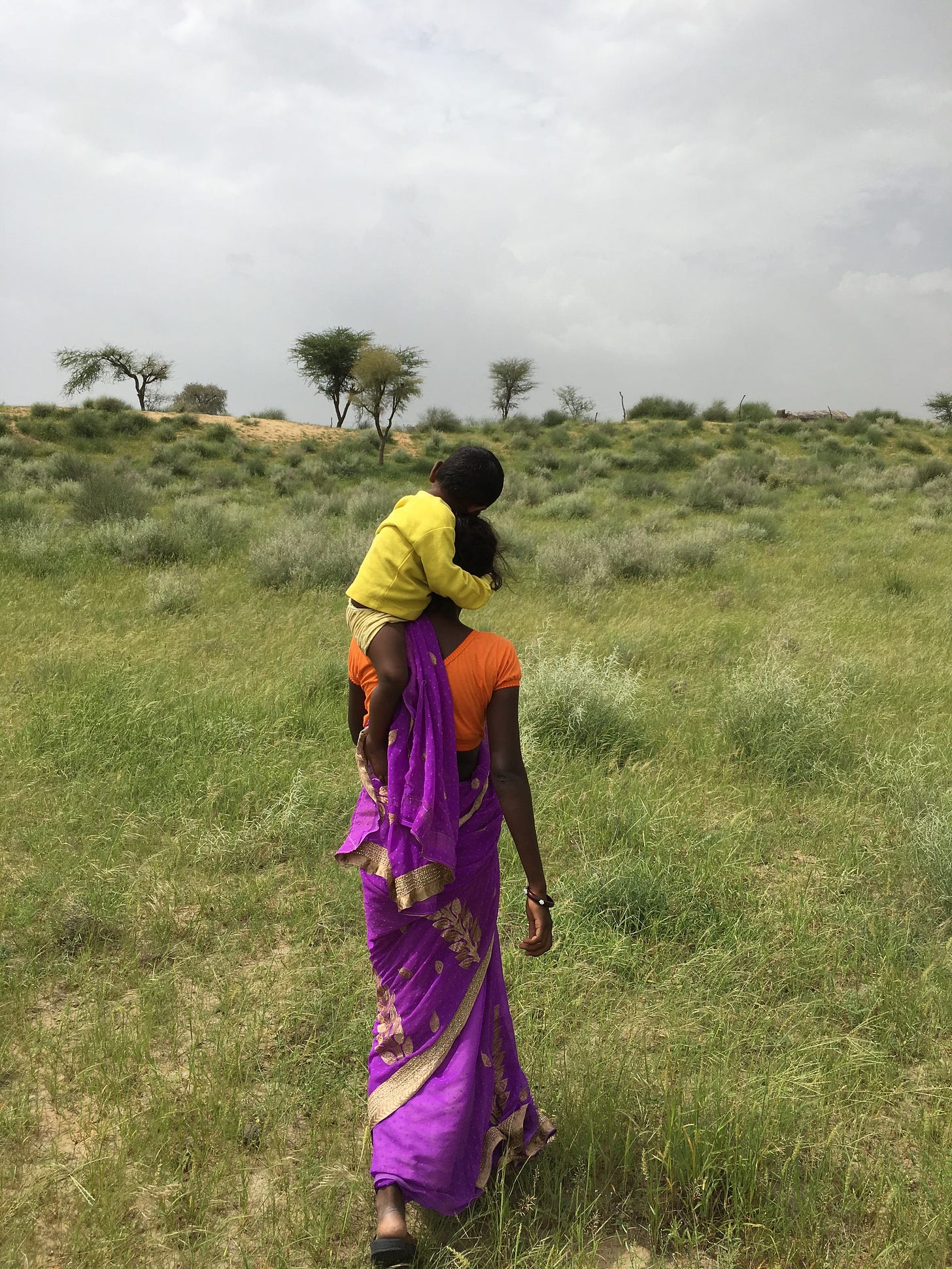
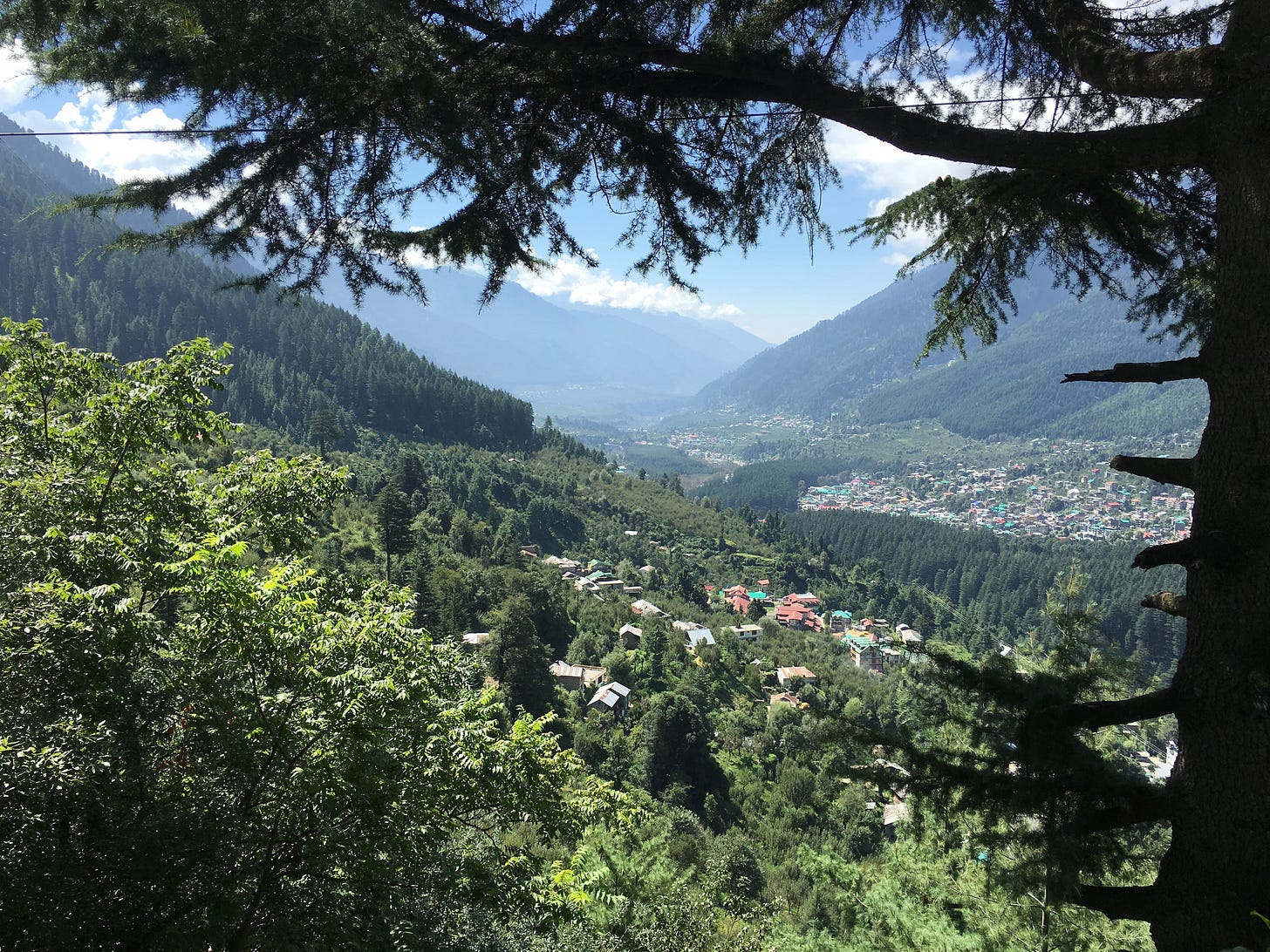

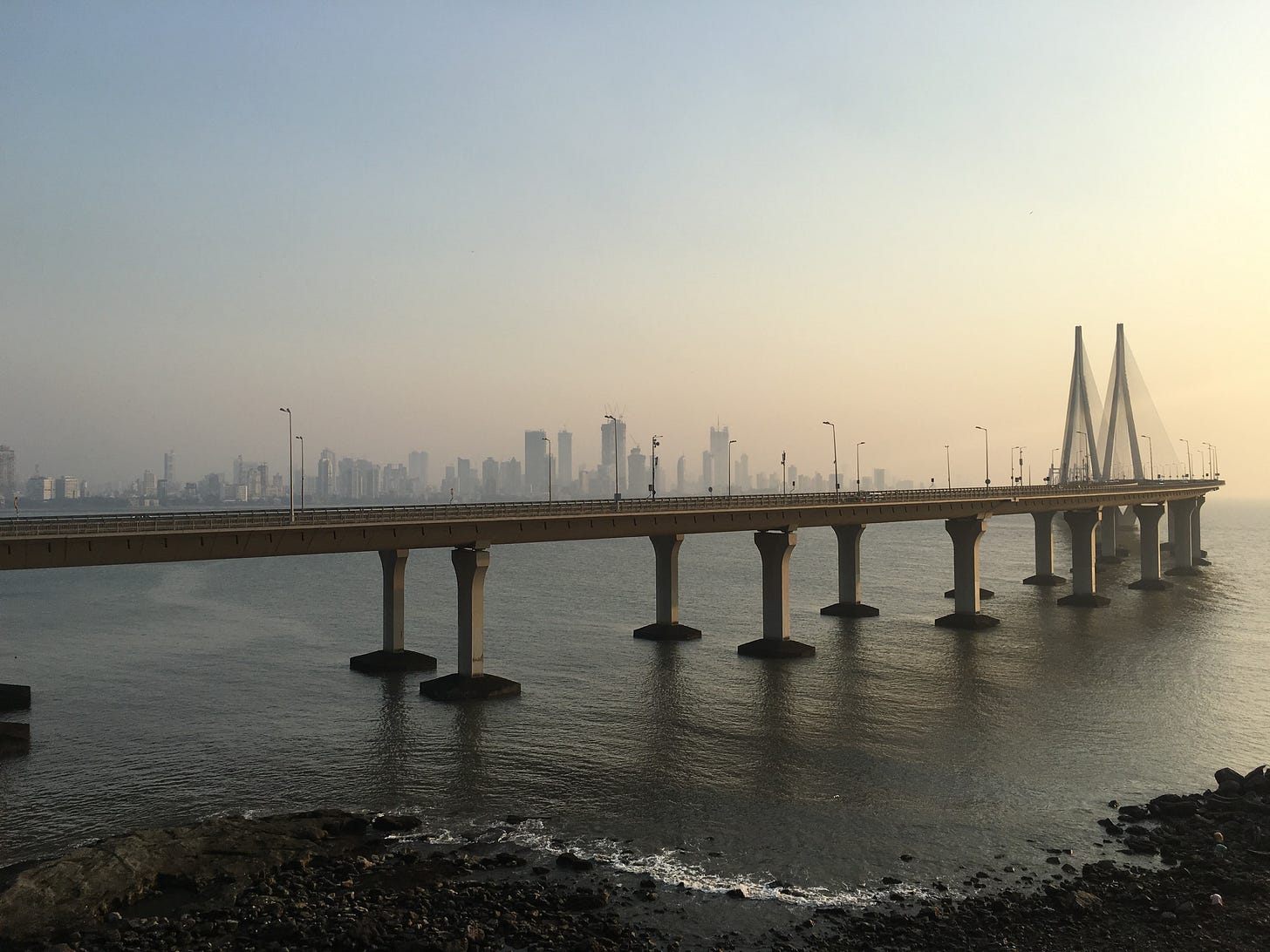
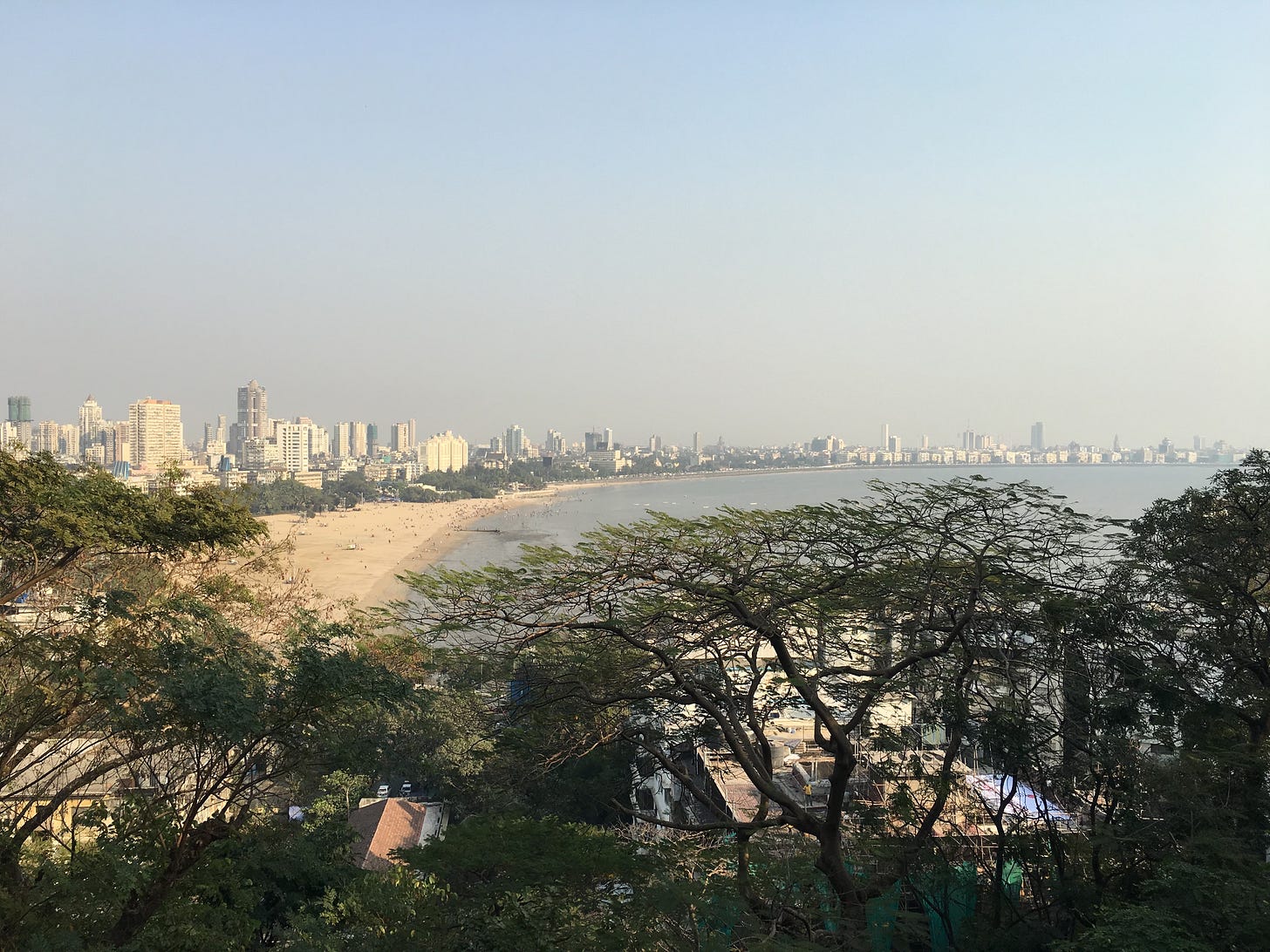
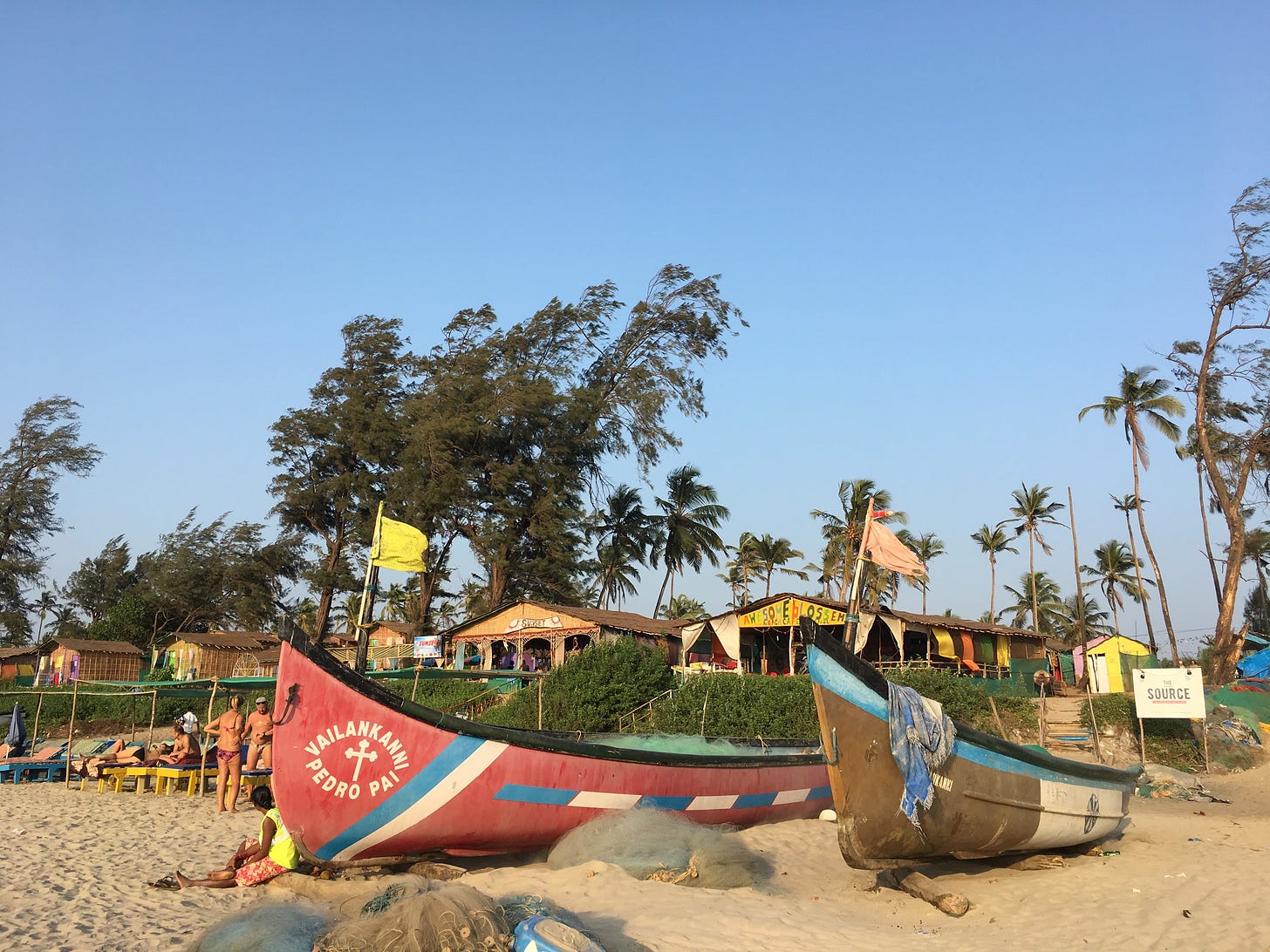
epic
Thank you, Brina, for this insightful and inspiring story of your journey across India. I love the photos. I especially love Pinky's beautiful sari.